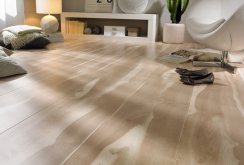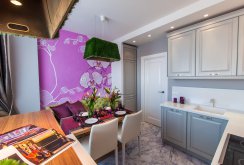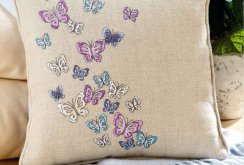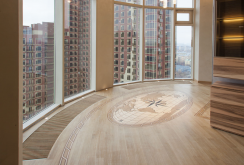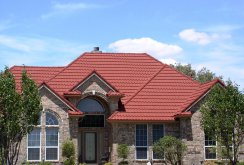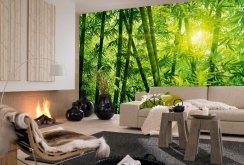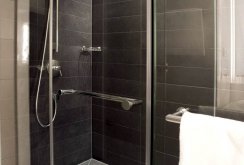 How to properly clean blinds at home
How to properly clean blinds at home
How to wash horizontal metal, plastic and wooden blinds. Cleaning vertical blinds. Window blinds cleaning, washing in a washing machine or in warm water.
 Organza curtains (22 photos): a light decoration for comfort and privacy
Organza curtains (22 photos): a light decoration for comfort and privacy
Organza curtains for the bedroom, living room, kitchen, bathroom and nursery. Organza curtains on grommets, with curtains and lambrequins. The benefits of organza curtains, how to use.
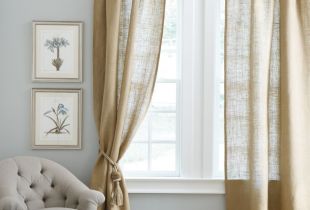 Linen curtains in the interior (20 photos): naturalness and style
Linen curtains in the interior (20 photos): naturalness and style
Flax curtains will be a spectacular addition to simple and cozy interior compositions. Textiles look spectacular, characterized by high wear resistance and practicality in everyday life.
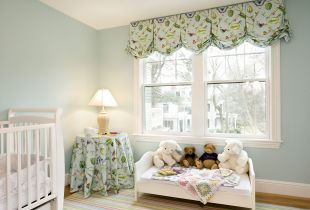 Austrian curtains in the interior (21 photos): beautiful examples
Austrian curtains in the interior (21 photos): beautiful examples
Not without reason, for several centuries, Austrian curtains flaunted on the windows of the nobility, because they can make the interior cozy in any style. Only you need to choose the right texture and color of the fabric.
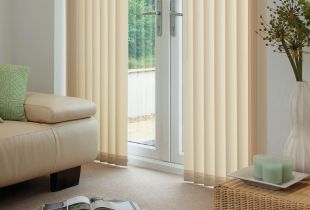 Vertical blinds in the interior (20 photos): modern comfort
Vertical blinds in the interior (20 photos): modern comfort
Vertical blinds - advantages and disadvantages of use. Varieties and basic tips for using them to the maximum benefit for an apartment, home or office.
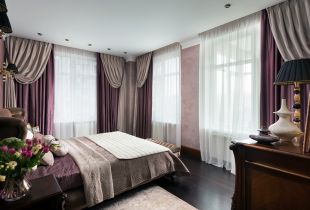 How to choose the style of curtains to the interior (50 photos)
How to choose the style of curtains to the interior (50 photos)
Curtains are one of the important details of the interior, and it is necessary that they harmoniously fit into the surroundings. Therefore, it is important to navigate in the popular styles of curtains.
 Blinds in the bedroom interior (50 photos): beautiful views and examples
Blinds in the bedroom interior (50 photos): beautiful views and examples
Blinds in the bedroom - a fashionable and practical accessory for windows. There are different types of blinds - vertical, horizontal, roll. They are made from plastic, aluminum, fabric and wood.
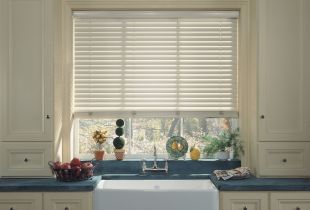 Blinds in the kitchen (50 photos): modern practical options
Blinds in the kitchen (50 photos): modern practical options
Blinds on the kitchen - how to choose and what to pay attention to. Vertical and horizontal blinds - advantages and disadvantages, which are better for home and office. Roller blinds in the kitchen.
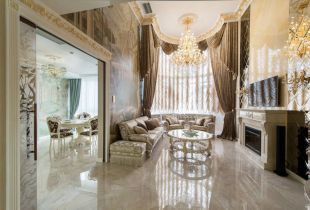 French curtains (19 photos): beautiful design and window decoration
French curtains (19 photos): beautiful design and window decoration
French curtains. History of origin. Types of French curtains in modern interiors and features of care for them. Who needs French curtains and why.
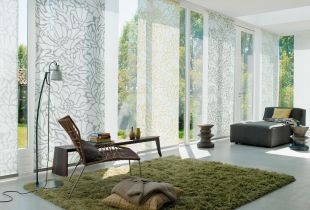 Japanese curtains (20 photos): design and zoning of rooms in the apartment
Japanese curtains (20 photos): design and zoning of rooms in the apartment
Japanese curtains as a new direction in the decoration of apartments and country houses. A variety of design decisions when choosing Japanese curtains. Examples of zoning rooms.
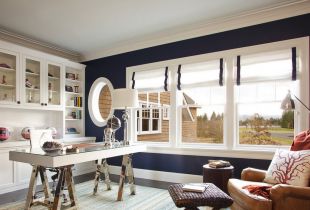 Roman curtains in the interior (20 photos): beautiful window decor
Roman curtains in the interior (20 photos): beautiful window decor
Roman curtains - how to choose the right thing and what to pay attention to during the purchase process. The main advantages of Roman curtains. Varieties and mechanism for controlling Roman curtains.

 Organza curtains (22 photos): a light decoration for comfort and privacy
Organza curtains (22 photos): a light decoration for comfort and privacy Linen curtains in the interior (20 photos): naturalness and style
Linen curtains in the interior (20 photos): naturalness and style Austrian curtains in the interior (21 photos): beautiful examples
Austrian curtains in the interior (21 photos): beautiful examples Vertical blinds in the interior (20 photos): modern comfort
Vertical blinds in the interior (20 photos): modern comfort How to choose the style of curtains to the interior (50 photos)
How to choose the style of curtains to the interior (50 photos) Blinds in the bedroom interior (50 photos): beautiful views and examples
Blinds in the bedroom interior (50 photos): beautiful views and examples Blinds in the kitchen (50 photos): modern practical options
Blinds in the kitchen (50 photos): modern practical options French curtains (19 photos): beautiful design and window decoration
French curtains (19 photos): beautiful design and window decoration Japanese curtains (20 photos): design and zoning of rooms in the apartment
Japanese curtains (20 photos): design and zoning of rooms in the apartment Roman curtains in the interior (20 photos): beautiful window decor
Roman curtains in the interior (20 photos): beautiful window decor